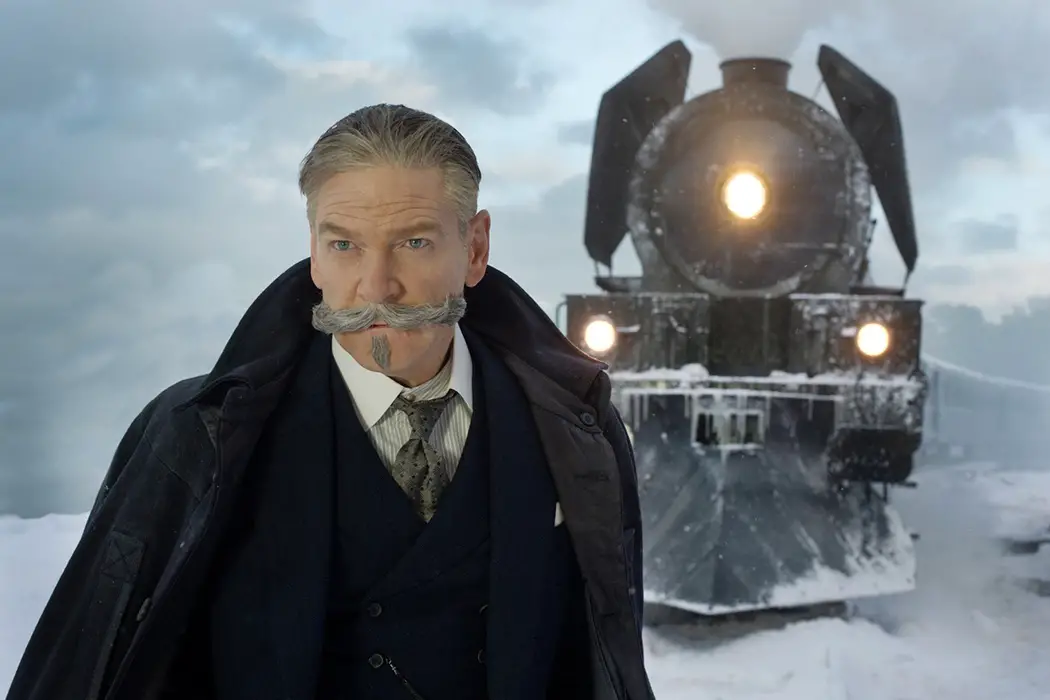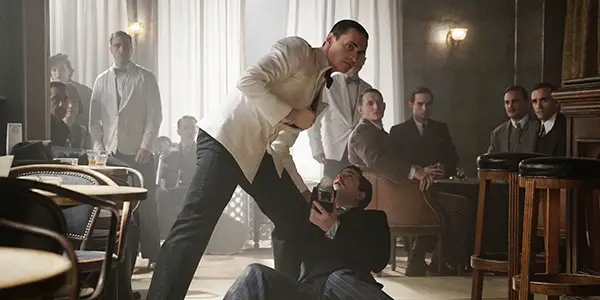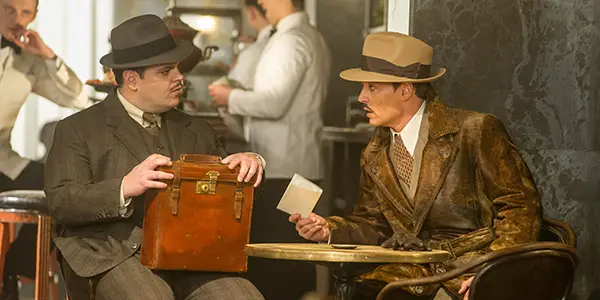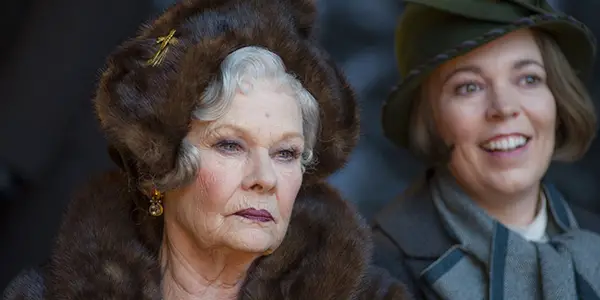MURDER ON THE ORIENT EXPRESS: Losing Steam To The Big Screen

From a young age, I was drawn to films especially…
No one can write a twisty murder story quite like the Queen of Mystery herself. Agatha Christie’s novels have been a particular pastime of mine since the day I read the brilliant And Then There Were None, a story that inspired and continues to inspire many famous modern mystery films. Yet, I’ll be the first to admit that Mrs. Agatha doesn’t get enough credit for her influence on TV and cinema. However, even in an attempt to give her the credit she deserves, this remake of Murder on the Orient Express just can’t quite capture the brilliance of her legacy.
Hercule Poirot (Kenneth Branagh), the peculiar detective, has a big job on his hand when his peaceful return home becomes another mystery. One of the passengers of the Orient Express has been brutally murdered in the night. With eleven possible suspects, Poirot will have to dig deep to solve the biggest mystery of his career.
The Chic & The Glamour
At its core, there are two challenges when facing a novel adaptation, and Branagh gets the first one right. His Murder on the Orient Express indulges in early 1900s aesthetic, drenched in a jazzy score and beautiful set design. The fancy fur coats, the perfectly folded napkins, and the Gothic train all look magnificent. It pays homage to the 1930s noir films, and thank god that awful Imagine Dragon trailer song is nowhere to be found here. It’s all about glamour, chic, and style which fits perfectly with the source material’s twisty plot and harsh commentary.

All these elegant set pieces add to the dazzling style of the film. For the most part, this is emphasized with the care and precision of the impeccable cinematography. Branagh and cinematographer Haris Zambarloukos find creative and effective ways to shoot in the confined spaces of the train in many ways that don’t feel claustrophobic nor tight. They manage to make the smallest of spaces feel grand, and the film is the better for it.
Uneven Characters
As the characters embark on their ride home, their introductions are simple yet cleverly effective. Their look and their line of dialogue instantly tell you exactly their personality. The only character to get an extended introduction is Hercule Poirot, our main character. He becomes the best character among them all mostly because of Branagh’s terrific and quirky performance. His peculiarities never feel out of place and offer up some of the film’s hilarious moments. However, even as the other characters can’t get the same lengthy introduction, they manage to look amazing and embody exactly what Christie has written.

With eleven characters, it’s here where Murder on the Orient Express manages to derail. After the passenger has died, Branagh doesn’t have the same creative ideas as the first act. Most of the characters are left in the cold, and some are never even seen again. Most of them (if not all of them) don’t get their shining moment to make an impression other than their introduction a while back. Even as Poirot interviews all the suspects, their restrictiveness doesn’t help them flourish.
From Literature To Signature
And it’s with these underwritten characters that Murder on the Orient Express isn’t able to fully capture Agatha Christie’s famous novel. Her complex and interesting characters are underutilized in most of the film, and while they do visually embody Christie-like characteristics, their sense of being isn’t highlighted as it should. As Christie understood it, the trick to any good mystery is well-rounded characters which will, in turn, make every other moving part work.

Furthermore, Branagh finds creative visuals to accompany critical moments of the novel. His recreation of da Vinci’s The Last Supper during the climax of the film adds a nice touch to the otherwise overly rushed scene. Here, the dialogue-heavy reveal just doesn’t give justice to how brilliantly Christie was able to shock you in her novel. If anything, the twist is quite underwhelming, even as there is potential there for something bigger. The twist could have been more effective if it had had a lot of time to develop its characters. Of course, it’s also the case that mystery novels are incredibly steeped in literary devices that don’t always work well when brought to the big screen, and Murder on the Orient Express is an unfortunate example.
Conclusion: Murder on the Orient Express
What starts off as a fun and surprisingly successful murder mystery quickly loses steam as the train chugs along. The mystery just doesn’t feel cinematic enough, and the dialogue-heavy reveal managed to muddy one of Christie’s most famous twists. Even with elegant set design and impressive cinematography, Murder on the Orient Express can’t quite intrigue you to the potential that it could’ve. While undoubtedly close, Branagh hasn’t fully cracked the winning formula Christie so expertly had, and if they are to build a cinematic universe, they might want to solve their own problems before solving others.
What did you think of Murder on the Orient Express?
Murder On The Orient Express came out November 3.
Does content like this matter to you?
Become a Member and support film journalism. Unlock access to all of Film Inquiry`s great articles. Join a community of like-minded readers who are passionate about cinema - get access to our private members Network, give back to independent filmmakers, and more.
From a young age, I was drawn to films especially the horror and psychological thriller genre. Living in a small town in New Brunswick, Canada, I later fell in love with reviewing and writing about movies. I like to bring my background in Psychology and Religious Studies to my writing and film reviews. Apart from films, I enjoy writing and drawing. However, nothing makes me happier than celebrating Halloween and playing tennis.













